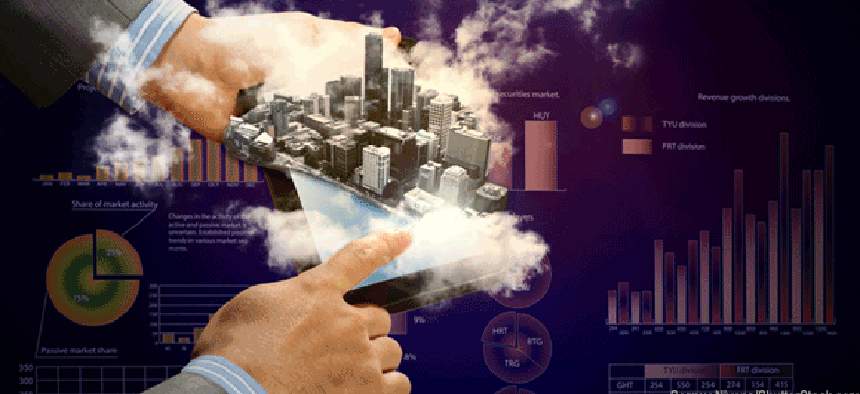Gartner: 10 trends for smart government

The market research firm identified 10 strategic technology trends and described how government IT managers can apply them to their innovation efforts.
At its recent Gartner Symposium/ITxpo, the IT market research firm identified 10 technology trends and described how government IT managers could apply them to their own strategic innovation efforts.
Personal mobile workplace. Even though government IT managers may try to control devices, applications and access, ultimately employees will decide how much they want to use corporate information and applications versus personal information and applications.
Mobile citizen engagement. While governments are eager to provide mobile-based citizen-facing services, a successful program depends on demographics, frequency of use, urgency of use, potential level of automation, relevance of location information, and how compelling the service is.
Big data and actionable analytics. Governments are searching for ways to use big data to gain business process efficiencies and reduce costs, but are having limited success. Current projects generally focus on fraud, waste and abuse detection, enhanced security, public health surveillance, healthcare management or situational awareness.
Cost effective open data. Through machine-readable data and APIs, governments have become both providers and consumers of open data coming from other parts of government as well as from businesses, NGOs and citizen communities.
Citizen managed data. Although citizen data vaults -- services that let people control data outside the context of a particular government transaction -- offer significant potential benefits, challenges remain in interoperability, data reliability and security.
Hybrid IT and cloud. Governments continue to pursue both public and private cloud services, but the focus is shifting from internal cloud services to allowing agencies to purchase commercially provided but governmentally restricted services.
Internet of Things. Cities are beginning to explore processing data coming from Internet-connected devices such as video cameras, parking sensors and air quality monitors to increase public safety, improve the environment and better the quality of life for citizens.
Cross-domain interoperability. In order to maintain momentum over budget cycles or changes in administration, government enterprise architecture programs should focus on scalable interoperability that delivers immediate business value.
BPM for case management. Both decision-centric and investigative cases have a heavy dependence on semi-structured and unstructured information. Two dimensions — workflow and data type — have brought BPM and enterprise content management vendors into this emerging market.
Gamification for engagement. Governments planning to leverage gamification must clearly understand the target audience they intend to engage, what behaviors they want to change, what motivates the audience and how success will be measured.
The trends illustrate what Gartner describes as the a “nexus of forces,” the convergence of social, mobile, cloud and information. These forces, according to Gartner, “combine to empower individuals and organizations as they interact with each other and their information through well-designed ubiquitous technology.”
NEXT STORY: Patent Office preps for surge in applications





